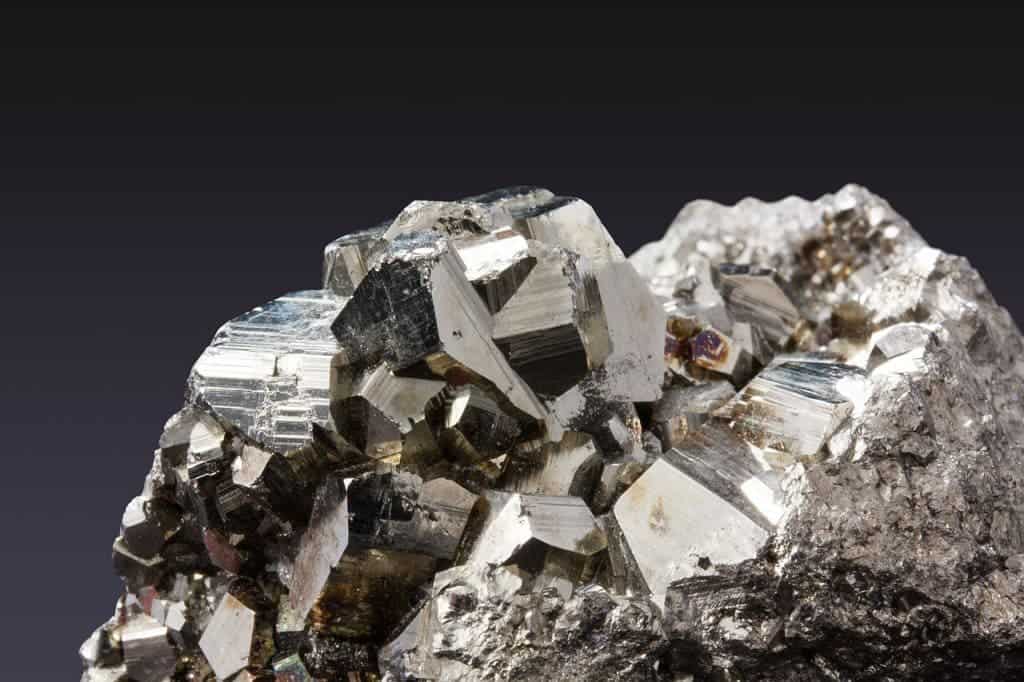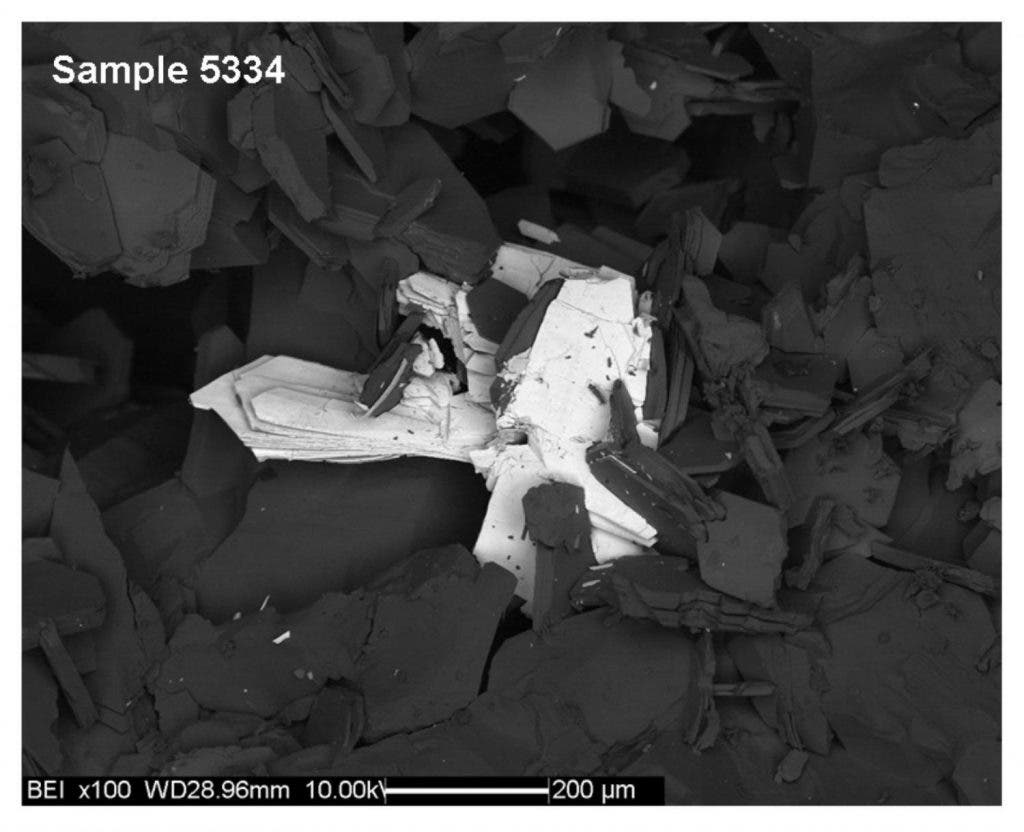There are over 5,000 mineral species identified by scientists thus far, but fewer than 100 make up the entire planet’s crust. The rest are so rare, short lived and notoriously difficult to replicate that you’d barely know they’re here. Not understating the importance of such minerals — which could offer clues on how the planet formed, but also lead to new industrial applications — researchers from the United States cataloged the 2,500 rarest minerals on the planet.

A mineral is certain kind of substance that is naturally occurring, inorganic, solid and of an ordered internal structure, which a specific chemical composition. Steel is not a mineral, because it’s an alloy invented by humans. Wood isn’t a mineral because it’s made by an organism.
Minerals are vital for human society. We need minerals to make something as simple as a pencil, whose ‘lead’ is made out of graphite and clay minerals. A smartphone has dozens of different minerals mined from all over the world.

The authors of the new rare Earth mineral catalog are Dr Robert Hazen, from the Carnegie Institution in Washington DC, and Prof Jesse Ausubel of The Rockefeller University, in New York. The two listed the minerals under four broad categories that describe the conditions under which they form, how rare their ingredients are, how ephemeral they are, and the limitations on their sampling. Minerals like feldspar, quartz and mica are ubiquitous, but others are much rarer. A decimal variation in temperature or pressure will produce a different kind of mineral or none at all. Some are transformed simply by the touch of light or water. It’s believed there are still 1,500 minerals we haven’t discovered yet.
“Fingerite is like a ‘perfect storm of rarity’,” said Dr Hazen.
“It occurs only on the flanks of the Izalco Volcano in El Salvador – an incredibly dangerous place with super-hot fumeroles.
“It’s made of rare elements – vanadium and copper have to exist together, and it forms under an extremely narrow range of conditions. If you just change the ratio of copper to vanadium slightly, you get a different mineral. And every time it rains, fingerite washes away.”
With this new catalog at hand, scientists can not only better estimate what stocks of a certain minerals can be found in the Earth’s crust, but also where. This will prove invaluable for some industries. The scientific value is also important since mineral species composition tells us how different Earth’s chemistry is from Mars’ or Venus’, for instance. Finally, though speculative, rare minerals may offer clues as to the origin of life. Many minerals, it is said, would not have existed were it not for life which altered their chemical environment. “We live on a planet with remarkable mineralogical diversity, featuring countless variations of color and form, richly varied geochemical niches and captivating compositional and structural complexities,” the authors note in the paper published in American Mineralogist.






